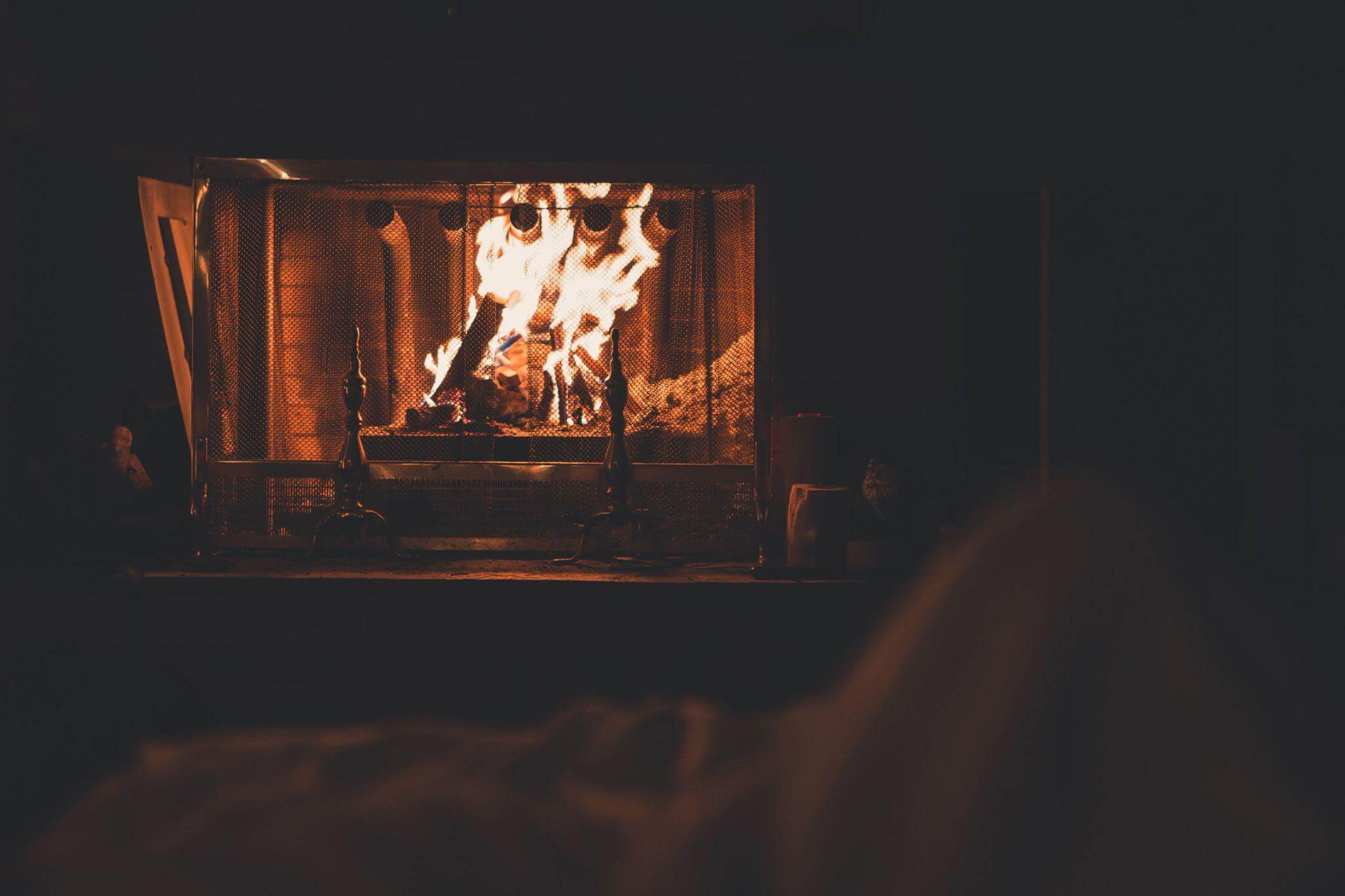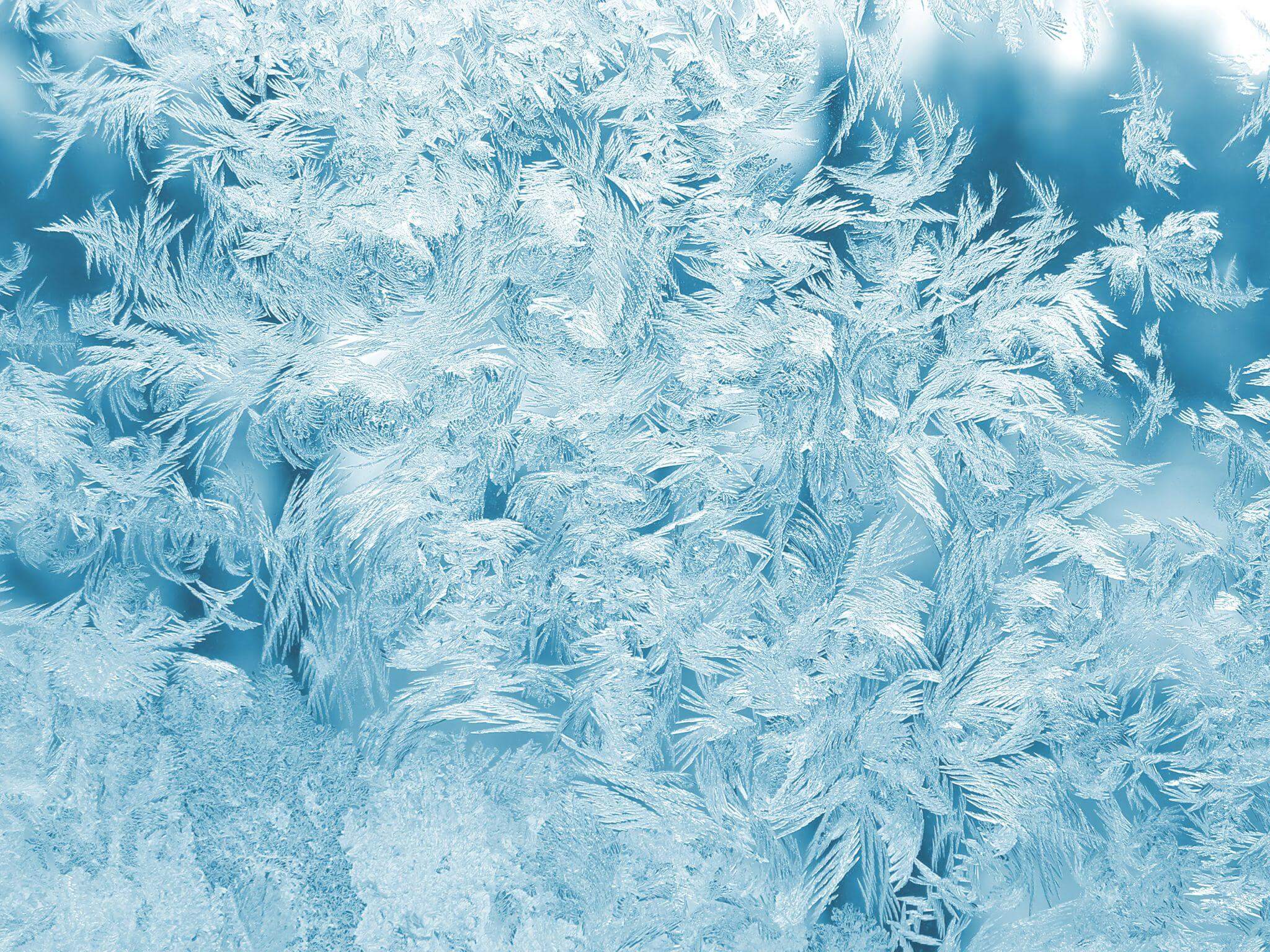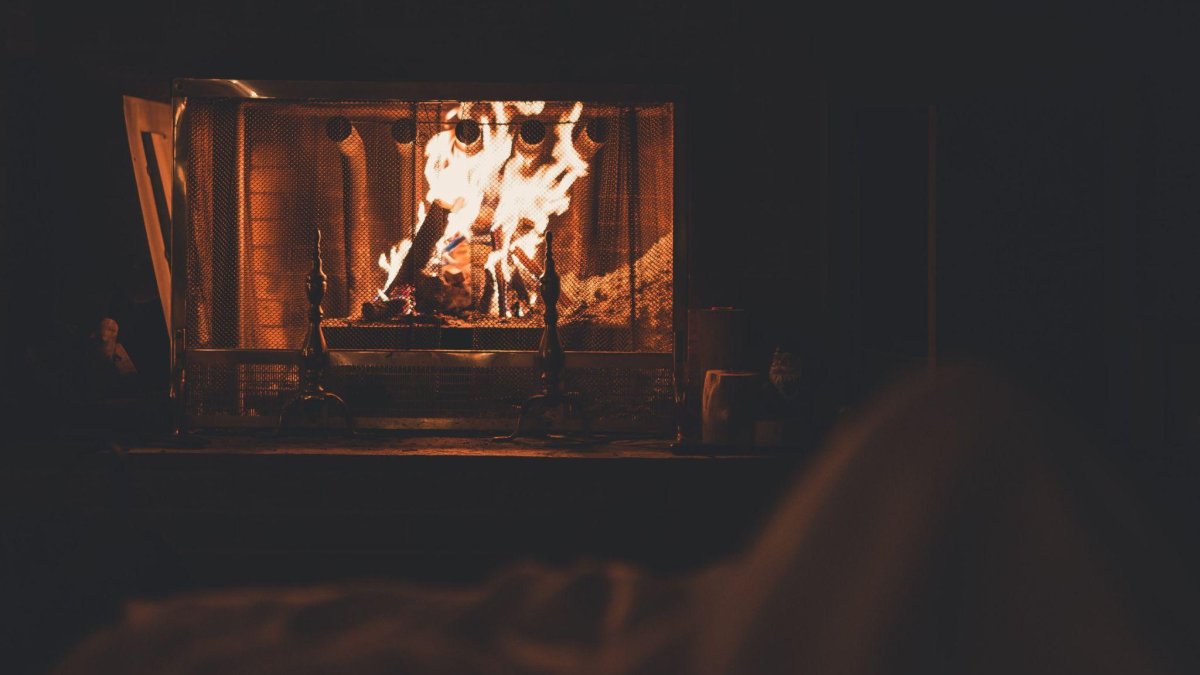
If you need heating installation and maintenance assistance, find an experienced contractor.
Heaters use electricity as well as potentially flammable fossil fuels that could prove deadly if handled incorrectly by someone without training in their use.
Check the Thermostat
Homeowners may be capable of performing some simple maintenance tasks themselves. However, professionals like the ones at Patton Plumbing should handle most of the work. This is because improper repairs can create dangerous conditions in your home.
Patton Plumbing Heating and AC
5320 US-70, Mason, TN 38049, United States
(901) 489-2119
A thermostat is a monitor designed to respond quickly to changes in temperature, keeping temperatures within a desired range of warmth or coolness. As an essential component in any heating and cooling system, thermostats play an essential role.
There are two kinds of thermostats – mechanical and digital. Mechanical models operate by expanding or contracting bi-metal strips attached to their circuitry while digital thermostats have electronic sensors with programming capabilities; touch screens or telephone lines may also control them remotely. You can click the link: https://www.energystar.gov/smart_thermostats to learn more. One of the key aspects of thermostat use is understanding its requirement for adequate airflow to accurately gauge room temperatures.
If your device is located near sunlight or curtains, erroneous readings could arise that compromise how your system functions. Furthermore, any nearby objects which interfere with its accurate reading should also be removed to allow its sensor to read correctly.
Change the Filters
Filters are an integral component of a heating system and help purify your home’s air, but can only do their job effectively when they’re clean. That’s why it is vitally important to regularly inspect and replace them as required; not only will this improve indoor air quality but it will also save on energy usage while prolonging furnace lifespan.
Before beginning to change the filter, it is essential that you locate it and verify that the HVAC unit has been turned off. Otherwise, accidental activation during this process could release dust into the ductwork, possibly leading to irreparable damage.
Locate the filter by opening either a door or service panel covering its compartment, or by searching directly within the blower housing for it.
Once located, remove existing filters by opening access panel access and taking note of their size: disposable models can be disposed of while reusable filters can be cleaned off using non-toxic cleaner or tap water as soon as they become dirty.
If you are uncertain of which size filter to purchase, consult the owner’s manual or partially remove your existing filter to look for an arrow that indicates airflow direction – this will help ensure proper installation of your new filter.

Clean the Furnace
Dust and grime can clog the internal components of furnaces over time, restricting airflow through their system and forcing it to work harder to clear away this layer of filth.
This additional strain on your system may result in sensors malfunctioning or carbon monoxide entering your home; additionally, dirty surfaces accelerate wear-and-tear wear so much that parts will need replacing sooner, leading to costly repairs and decreasing its expected longevity.
Clean your furnace on a regular basis to keep it operating at peak performance.
Begin by switching off both power and gas supplies before taking steps to access and remove its metal access panel, collecting any screws you remove and placing them safely away in an easily identifiable spot.
If your filter is non-disposable, use non-toxic cleaner and water to cleanse it before rinsing and allow it to dry completely before replacing it in your furnace. You can visit this site to learn more about non-toxic cleaners.
Seal the Windows
Windows are gateways into your home and must be properly sealed to keep air leakage at bay.
Air leaks around windows can make your house cold during the winter and require your heater to work harder; window caulking is one solution that can help. Prior and during the winter season, use caulking, foam weather stripping, draft stoppers or DIY plastic window kits to seal the windows tightly enough so your home stays warm.
Before applying any caulk to your window frames, take an inventory and determine how many need caulking. Clean out any peeling caulking, dirt or debris which might hinder adhesion before caulking begins. If there are cracks, holes, or damage on any frames before beginning caulking.
Permanent weather-stripping solutions should always include nail-on spring bronze weather-stripping; its long-term sealing properties make it the best solution. Foam weather-stripping may also be suitable for large gaps while being easy to apply and inexpensive.
As quick and temporary solutions, rope caulk or plastic shrink-wrap kits offer quick protection. Affordable and easy to apply, these solutions can be removed when the season changes if required. Or consider installing storm windows for added insulation and energy savings right now.
Andres Walsh
Related posts
Stay connected
- How LoveOn Chat Is Becoming the Most Versatile AI Companion for Digital UsersThe internet keeps shifting toward hyper-personal interaction, and AI companions are at the center of this shift. What used to be simple chatbots are now evolving into emotionally aware, adaptive, and multi-functional digital partners. Among the new generation of platforms, LoveOn Chat is becoming one... The post How LoveOn Chat Is Becoming the Most Versatile […]

